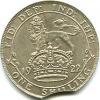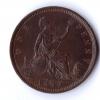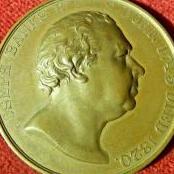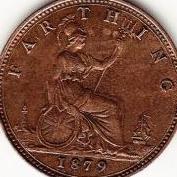The most significant crown collection to come to market after the wreaths were issued was Lingford in 1950. He had 3 years listed as proofs - 1932 (601) said to be one of four struck for special purposes, ex- G C Brooke collection; 1934 (603) listed as only six struck; 1936 (611) proof from polished dies, only two known. That suggests they are available, but not in large numbers. The Brooke coin note is probably significant as his collection was sold in 1935, and Brooke worked in the BM's C&M department where he had access to the relevant information being in receipt of new strikings from the mint.
His collection of English crowns ran to 614 lots, with issues collected by die variety. It's likely in my view that they were rare enough for the missing years not to have resurfaced, or if the odd example had done so, he or Baldwin's (his usual supplier of material) had not seen them, given he was probably their biggest customer at the time.
Brooke's English Coins reference volume first published in 1932 was also dedicated to L A Lawrence - 'My friend and helper', which again would lead one to assume that there was frequent communication between the two. Lawrence's sale 11/7/1951 had full year sets for 1930-1936, all described as brilliant and very rare (the very rare implying proofs or specimens given it would not be difficult to assemble a complete contemporary collection of top notch current coins, but not noted as such). He also had one lot (879) which was '1929 Crown to Sixpence. Special strikings, like proofs, rare'. So, as Vicky says, maybe Lawrence was unconvinced (or at least the Glendining cataloguer was) as to whether they were proofs or not.
I think on balance it is likely they did produce a few proofs of each year given the accepted existence of proof halfcrowns through to farthings, which would make the lack of similar crowns unlikely), but I am also of the opinion that the number of crowns slabbed as proofs seems to be a little generous. This is not without precedence, as I have Freeman's F329A halfpenny, which has been mentioned before on here as being another contentious proof/specimen coin. It was categorised as such by Freeman and slabbed as a proof in the Terner sale, but a number of equally respected views consider it not to be up to proof standard.
 Coinpublications.com
Coinpublications.com






